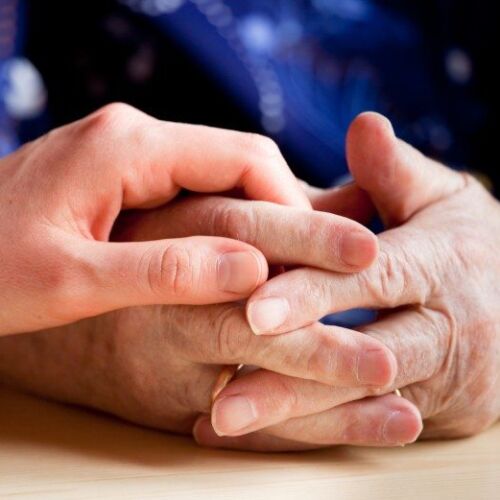For those suffering from neuropathic pain, it appears that treatments from the farm may be more effective than the pharmacy.
A 2013 study published in The Journal of Pain analyzed the the capacity of vaporized cannabis to treat neuropathic pain. In Low-dose vaporized cannabis significantly improves neuropathic pain, researchers conducted a double-blind, placebo-controlled, crossover study that examined individuals who continued to experience pain despite traditional treatments. The study revealed great promise with regards to cannabinoid treatment, stating:
. . .cannabis has analgesic efficacy with the low dose being as effective a pain reliever as the medium dose. Psychoactive effects were minimal and well tolerated, and neuropsychological effects were of limited duration and readily reversible within 1 to 2 hours. Vaporized cannabis, even at low doses, may present an effective option for patients with treatment-resistant neuropathic pain.
While the psychoactive effects of cannabis are often touted as deleterious side effects, researchers in the aforementioned study found otherwise within this study, concluding, “. . .one might not anticipate a significant impact on daily functioning.”
Neuropathic pain can be devastating to sufferers and confusing to many that come in contact with the perplexing condition. It occurs when damage to the peripheral nervous system causes the nerves to send incorrect messages to the body that there is pain. This pain can range from burning to numbness and is oftentimes chronic. The causes of neuropathic pain are typically damaged nerve fibers leftover from an injury to the body’s tissue. Some of the more common cases of this debilitating pain are found in individuals who have had spinal surgery, chemotherapy, diabetes, alcoholism and multiple sclerosis.
To date, the pain-relieving cannabinoids researchers have been able to isolate are tetrahydrocannabinol (THC), cannabidiol (CBD), cannabichromene (CBC) and cannabinol (CBN). In addition to the analgesic properties of these cannabinoids, the side effects pale in comparison to those found with traditional pharmaceutical treatments.
Alongside emerging naturopathic options for the treatment of neuropathic pain sit the pharmaceutical opioids that continue to be the most commonly prescribed treatment for the condition. While these powerful pain killers may provide temporary relief for some sufferers, they also come with substantial side effects and high potentiality for abuse and addiction. Recent numbers released from the Center for Disease Control attributed the majority of overdose deaths in the United States to prescription painkillers. Meanwhile, there has yet to be a single death reported as a cannabis overdose.


